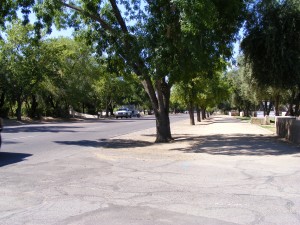 This is a special guest post by Lysistrata “Lyssa” Hall, a Landscape Architect I with the City of Phoenix Parks and Recreation Department and one of the principal authors of the Tree and Shade Master Plan. Lyssa is an Arizona native that was born and raised in Jerome, Arizona.
This is a special guest post by Lysistrata “Lyssa” Hall, a Landscape Architect I with the City of Phoenix Parks and Recreation Department and one of the principal authors of the Tree and Shade Master Plan. Lyssa is an Arizona native that was born and raised in Jerome, Arizona.
So often, I am asked what is the perfect shade tree for Phoenix? There really isn’t one perfect tree that can be planted in every place and meet everyone’s needs. Trees are living organisms that have diverse growing habits and needs, so it is critical that we apply the concepts of the right tree in the right place when selecting trees.
Right Tree, Right Place—Guidelines
Know your context—Good questions to ask:
1. What natural landscape are you in?
– desert
– rain forest
– grasslands
2. Where will the tree be planted?
– How big is the space?
– How close will the tree be to walkways or play areas? Are thorns okay?
– Are there any power lines above?
– Are there any utilities below?
– Is there any existing landscape?
3. What is the light quality like?
– Sunny or shady and at what times of the day?
4. What kind of soil?
– Clay, sandy, or maybe a mix of both?
5. What does the surrounding landscape look like?
– Lush historic, natural desert, xeriscape or turf?
6. Is there an existing irrigation system? What kind?
Know your needs—Good questions to ask:
1. What do I need this tree for?
– Reducing energy use, creating shade for a patio in the evenings, privacy, attracting wildlife, or adding color to your landscape?
2. How much maintenance can I handle?
3. Do I want to grow fruit?
4. How much am I willing to spend on water?
5. Am I allergic to any tree pollens?
Know your tree—Good questions to ask:
1. What are the tree’s growing habits?
2. How fast does the tree grow?
3. What is the mature size of the tree and can it fit in the space I have?
4. What form does it take? Does it grow upright and open, or vase-like?
5. How much water does the tree need?
6. Does the tree have thorns or litter?
7. What is the hardiness of the tree?
8. Does the tree need to be in full sun or shade?
9. Is the tree deciduous?
Using these guidelines, you can begin to select the appropriate tree for your needs and space requirements. To learn more come to the City of Phoenix Parks and Recreation Department’s free Tree Care Workshops. Funds for this project were provided by the Urban and Community Forestry Financial Assistance Program administered through the State of Arizona Forestry Division – Urban & Community Forestry, and the USDA Forest Service. Space is limited, so please register online here using the codes below.
Tree Care Workshops Dates:
- 2/12/11—Washington Activity Center
Registration Code: 72641
- 3/19/11—Paradise Valley Community Center
Registration Code: 72642
- 4/16/11—Encanto Park
Registration Code: 72643
- 9/10/11—University Park
Registration Code: 72640
For more information please contact; Lysistrata “Lyssa” Hall at 602.261.8810, lysistrata.hall@phoenix.gov, or go here.
Photo Credit: Tree canopy on north Central Avenue in Phoenix. Photo by Taz Loomans.







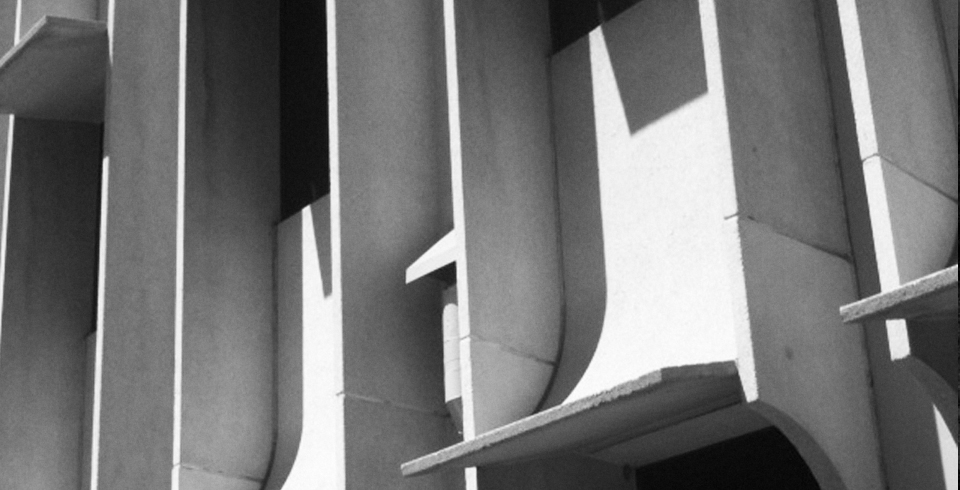
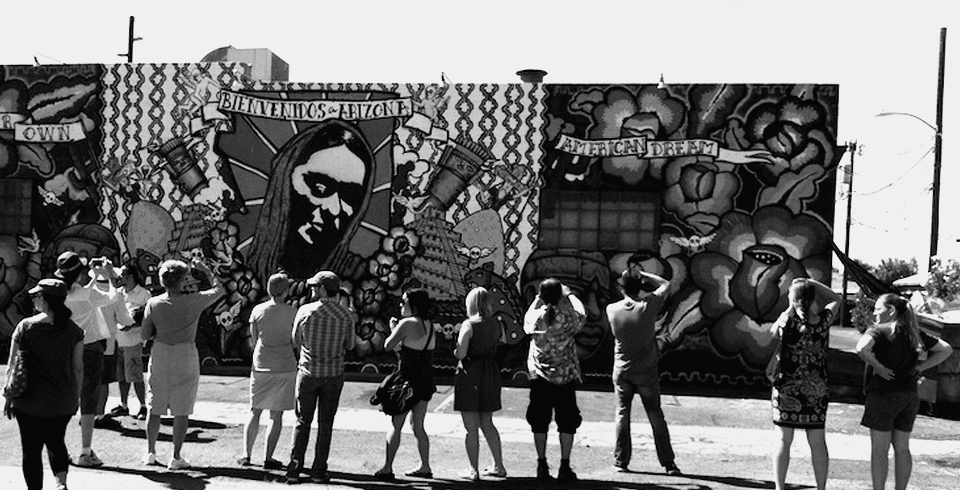


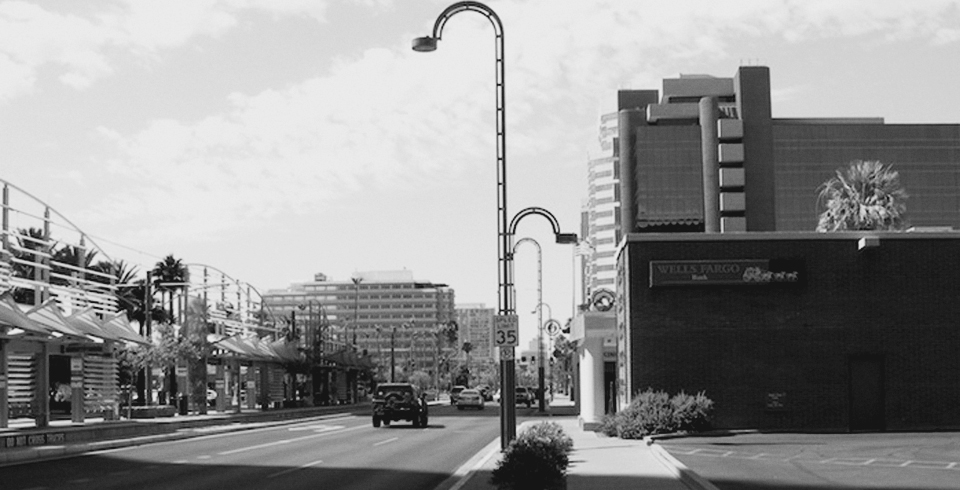
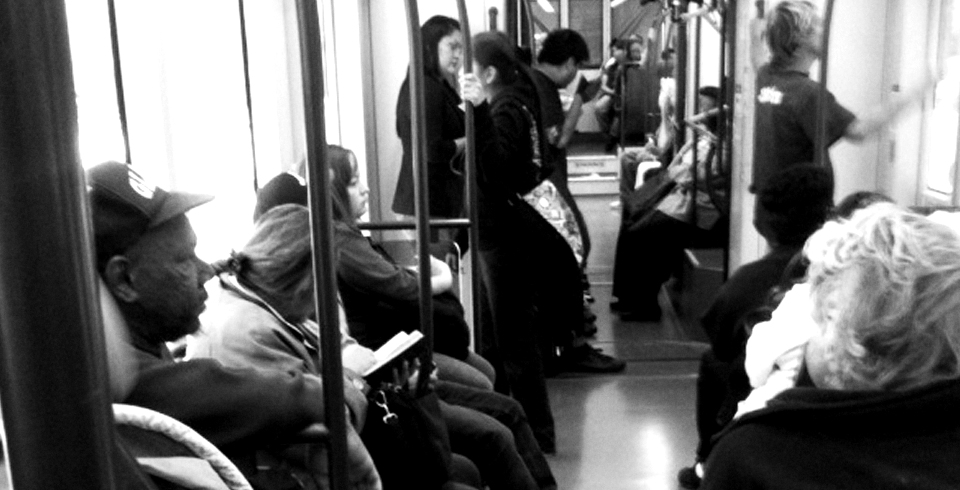
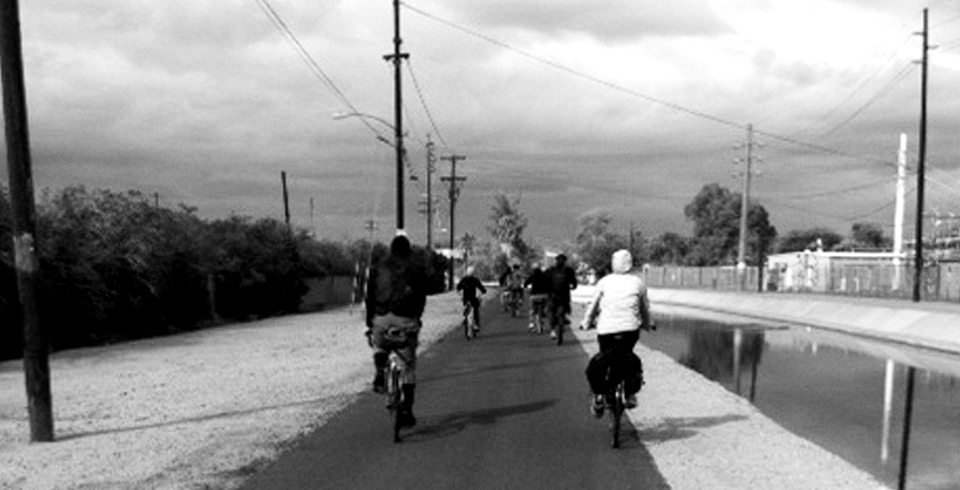
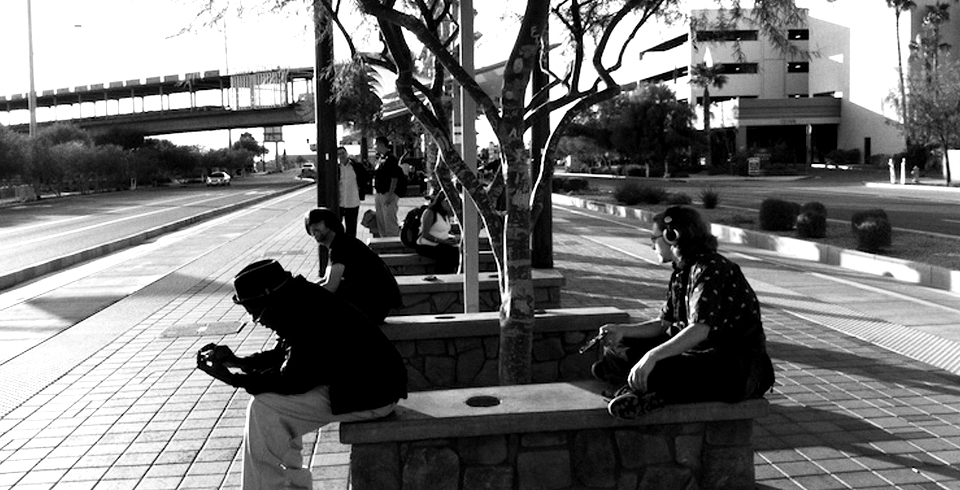
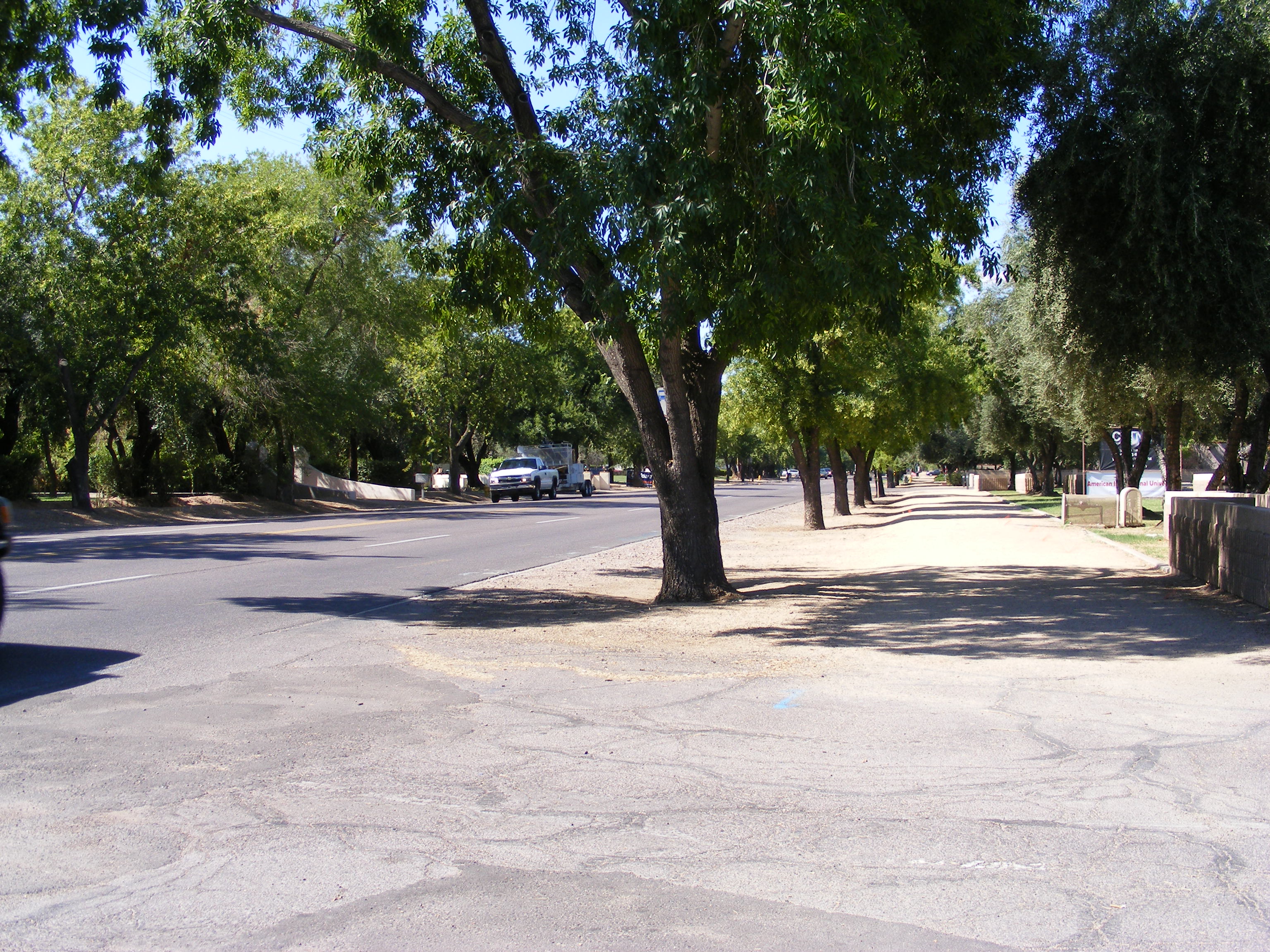


[…] very handy post from Blooming Rock that I have to pass along, this time about how to pick the right tree for the right location from guest blogger Lysistrata Hall, a Landscape Architect I with the City of Phoenix […]
[…] Neely: we need more shade. […]
[…] terms of walkability, we need shade. And we have to invest in […]